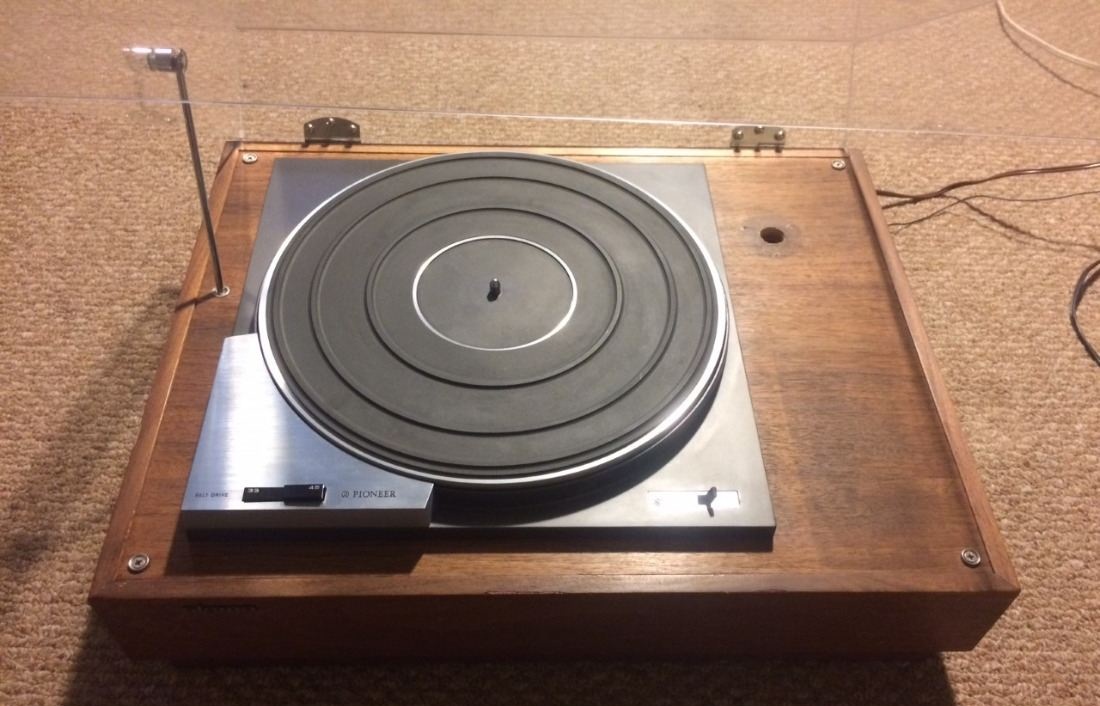The hysteresis motor is an alternating current motor of the rotating magnetic field type. A Hysteresis motor is a self-starting synchronous motor with a uniform air gap and without DC excitation that uses the hysteresis characteristics of magnetic materials to make torque. It widely finds use in synchronous motor applications where very smooth soft torque and simple construction with conventional three-phase stator windings are required. In this article, we are giving an overview of the hysteresis motor, its construction, different types, operation, advantages and disadvantages, and its applications. Read this new blog in Linquip to find out more.
Definition
A Hysteresis motor is a type of synchronous motor in which the rotor consists of a central nonmagnetic core upon which rings of magnetically hard material are mounted.
It is a single-phase motor whose operation depends upon the hysteresis effect, for example, magnetization produced in a ferromagnetic material lags behind the magnetizing force. The outstanding special feature of a hysteresis motor is the production of nearly constant, ripple-free torque during starting. Hysteresis motors are durable and reliable in operation and are noiseless and capable of running at various speeds.
Series DC Motors: A Comprehensive Guide
Construction
A hysteresis motor is constructed of five main components:
- Stator
- Single-phase stator winding
- Rotor
- Shaft
- Shading coil
The two most important components of the hysteresis motor are the stator and rotor:
- Stator: It is designed in a particular manner to produce a synchronous revolving field from a single-phase supply. The stator carries two windings; main winding and auxiliary winding. In another type of design of the hysteresis motor, the stator holds the poles of shaded type.
- Rotor: The rotor of a hysteresis motor is made of a magnetic material like chrome steel or alnico for high retentivity that has high hysteresis loss property. Example of this type of materials is chrome, cobalt steel or alnico or alloy. Hysteresis loss becomes high due to a large area of the hysteresis loop. In a hysteresis motor, the rotor does not carry any winding or teeth.
Synchronous Motors: Definition, Working Principle, Types, and Applications
Types of hysteresis motors
- Cylindrical hysteresis motors
- Disk hysteresis motors
- Circumferential-Field hysteresis motor
- Axial-Field hysteresis motor
The following are various types of hysteresis motor by construction.
-
Cylindrical hysteresis motors
It has a cylindrical rotor.
-
Disk hysteresis motors
It has an annular ring-shaped rotor.
-
Circumferential-Field hysteresis motor
It has a rotor supported by a ring of non-magnetic material with zero magnetic permeability.
-
Axial-Field hysteresis moto
It has a rotor supported by a ring of magnetic material with infinite magnetic permeability.
Operation
A hysteresis motor works on the principle of hysteresis losses; it is a loss that occurs due to magnetization and demagnetization of the material depending on the direction of flow of current. The following describes the basic functioning of a hysteresis motor.
When the stator is energized, it produces a rotating magnetic field. The main and auxiliary, both windings must be supplied continuously at the start as well as in running conditions to maintain the rotating magnetic field. The rotor, initially, starts to rotate due to eddy-current torque and hysteresis torque developed on the rotor. Once the speed is near synchronous, the stator pulls the rotor into synchronism. In such a case, as relative motion between stator field and rotor field vanishes, so the torque due to eddy currents vanishes. When the rotor is rotating at the synchronous speed, the stator revolving field flux produces poles on the rotor. Due to the hysteresis effect, the rotor pole axis lags behind the axis of the rotating magnetic field. Because of this, rotor poles get attracted towards the moving stator poles. Thus rotor gets subjected to torque called hysteresis torque. This torque is constant at all speeds. When the stator field moved forward, due to high residual magnetism the rotor pole strength remains maintained.
Types of Generators: Learn the Basics, Get the Most Out f it!
The Good Guide to Types of Electric Motors
Pros and Cons
Here is a list of the main hysteresis motor advantages and disadvantages.
Advantages of hysteresis motor
- As no teeth and no winding in the rotor, no mechanical vibrations take place during its operation.
- Its operation is quiet and noiseless as there is no vibration.
- It is suitable to accelerate inertia loads.
- The multi-speed operation can be achieved by employing a gear train.
- It operates noiselessly.
Disadvantages of hysteresis motor
The Hysteresis motor has a poor output that is one-quarter of the output of an induction motor with the same dimension.
- Low efficiency
- Low torque
- Low power factor
- Available only in very small size
Applications
The Hysteresis motor widely finds use in low-power electric drives and automatic control systems. This motor has many applications, the following are the uses of this motor.
- Sound producing equipment
- Sound recording instruments
- High-quality record players
- Electric clocks
- Teleprinters
- Timing devices
- compressors
- Pumps
So, there you have a detailed description of the hysteresis motor. If you enjoyed this article in Linquip, let us know by leaving a reply in the comment section. Is there any question we can help you through? Feel free to sign up on our website to get the most professional advice from our experts.






